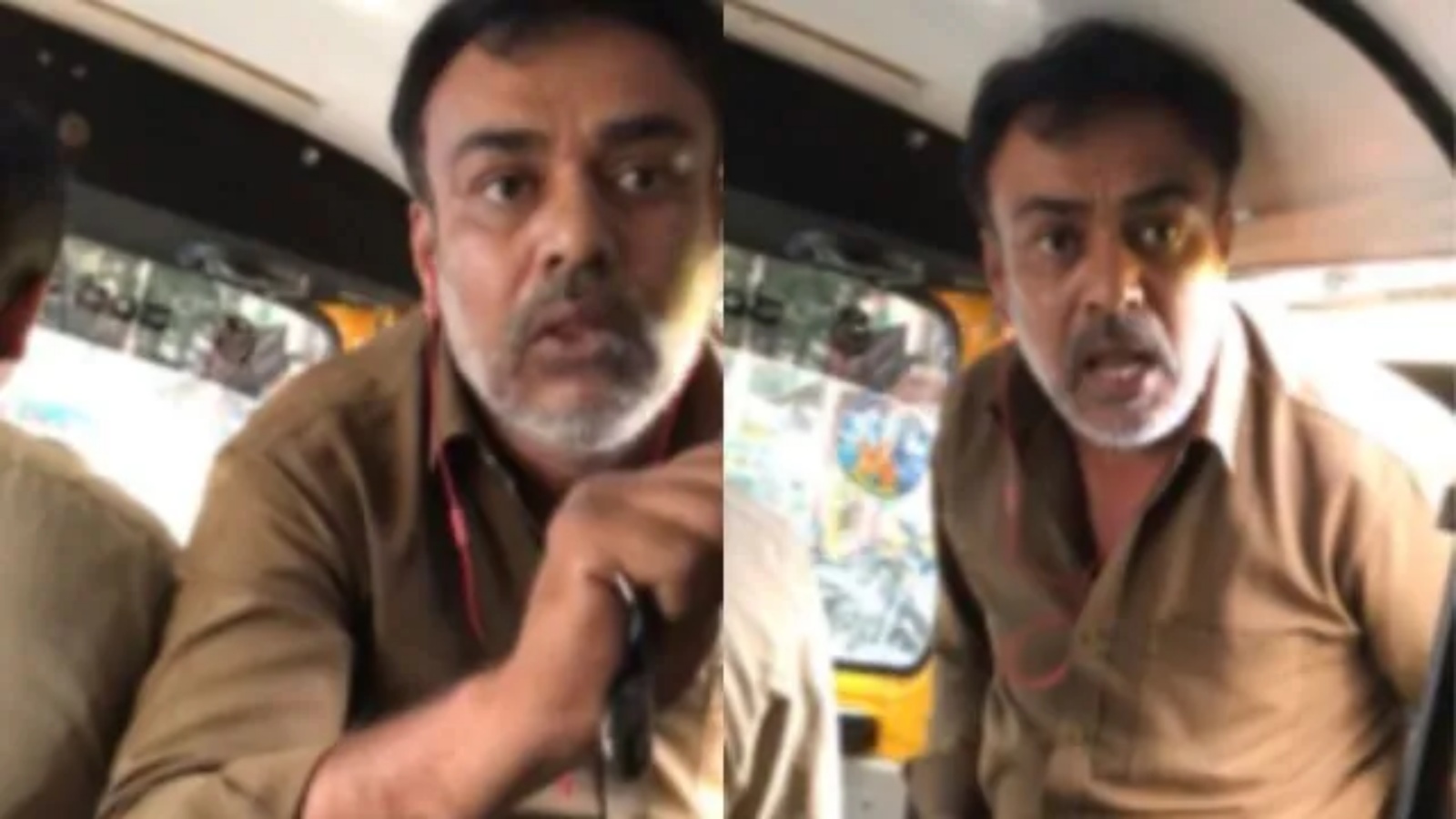 |
|
The recent assault on a woman by an autorickshaw driver in Bengaluru after she cancelled her ride has thrust the city's beleaguered public transportation system into the spotlight, prompting widespread criticism of both the government and tech companies for their roles in its deterioration. This incident, a stark reminder of the vulnerabilities faced by passengers, serves as a powerful illustration of the systemic failures plaguing Bengaluru's intermediate public transport network.
Urban mobility expert Satya Arikutharam argues that the assault is not an isolated incident but a symptom of a deeper malaise within Bengaluru's public transport system. He lays the blame squarely at the feet of the government, highlighting eight years of inadequate policy-making and regulation that have created a culture of impunity among both ride-hailing aggregators and drivers. This lack of accountability, Arikutharam contends, has resulted in a situation where drivers are not held responsible for maintaining service standards, leading to unchecked exploitation and a disregard for passenger safety.
Arikutharam further criticizes the tech companies, specifically Google, for exacerbating the problem by enabling drivers to operate across multiple ride-hailing apps simultaneously. This practice, he argues, incentivizes drivers to prioritize profit over passenger safety and comfort, as they are forced to chase rides on multiple platforms to compensate for high commission fees levied by these companies. He suggests that Google should implement a mechanism to block drivers from being online on multiple apps concurrently, forcing them to choose a single platform and potentially reducing their overall earnings but improving service quality.
Anup P, founder of E Samudaay, offers a more nuanced perspective, acknowledging that the “rowdy element” among autorickshaw drivers has been a longstanding issue in Bengaluru, dating back to the 1980s. He credits a combination of police action, celebrity involvement, and unionization for bringing this element under control in the 1990s. However, he points out that the problem was never fully eradicated, partly due to factors such as alcohol dependency among some drivers.
Anup further attributes the resurgence of the “rowdy element” to the widening income gap between Bengaluru's thriving tech industry and the stagnating wages of autorickshaw drivers. He argues that the entry of ride-hailing platforms like Ola and Uber, initially offering lower fares than traditional autorickshaws, intensified the pressure on drivers, exacerbating the competitive landscape and contributing to their desperation. This, he believes, has fueled the increase in reckless behavior among drivers.
Anup suggests that any solution to the problem must address the root cause of drivers' financial struggles. This, he believes, requires a multifaceted approach that includes regulating the number of autorickshaws, increasing their incomes through fair pricing mechanisms, and fostering greater societal engagement to address the underlying issues that contribute to the problem. The assault on the woman serves as a stark reminder that the city's public transport system is in dire need of comprehensive reform, one that prioritizes both passenger safety and driver well-being.
Source: Assault on woman by Bengaluru autorickshaw driver shows public transport paralysis: mobility experts
